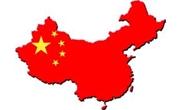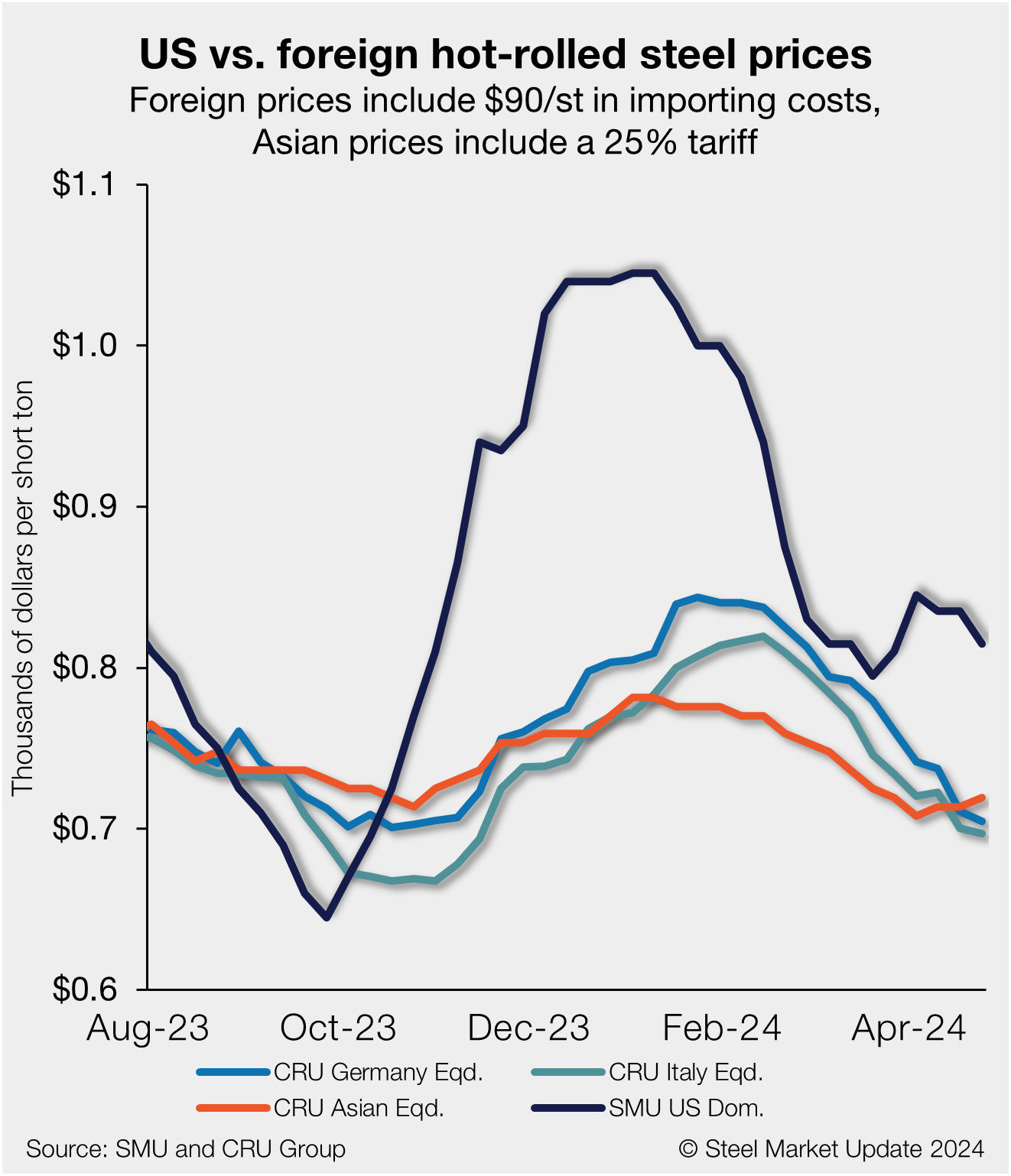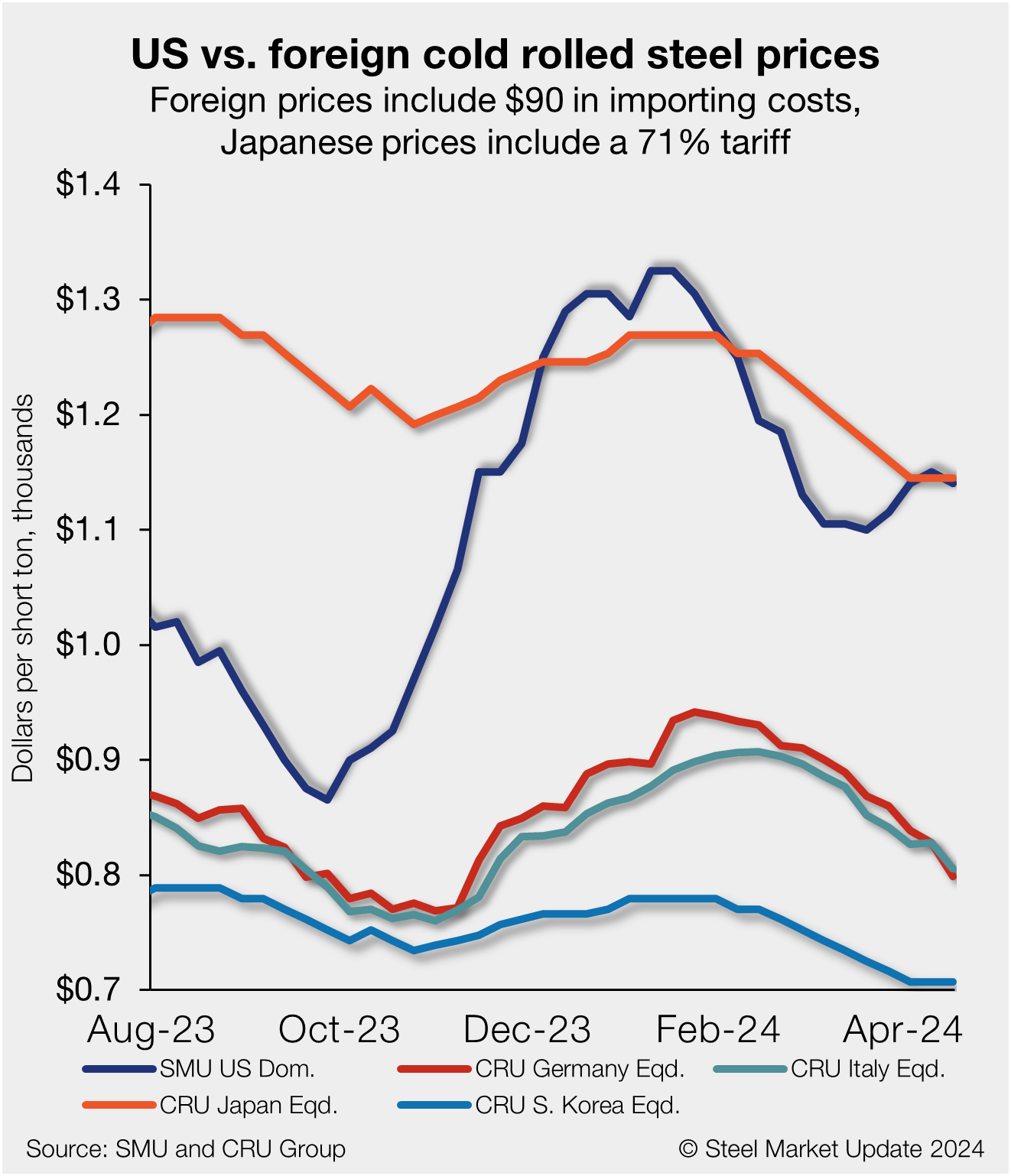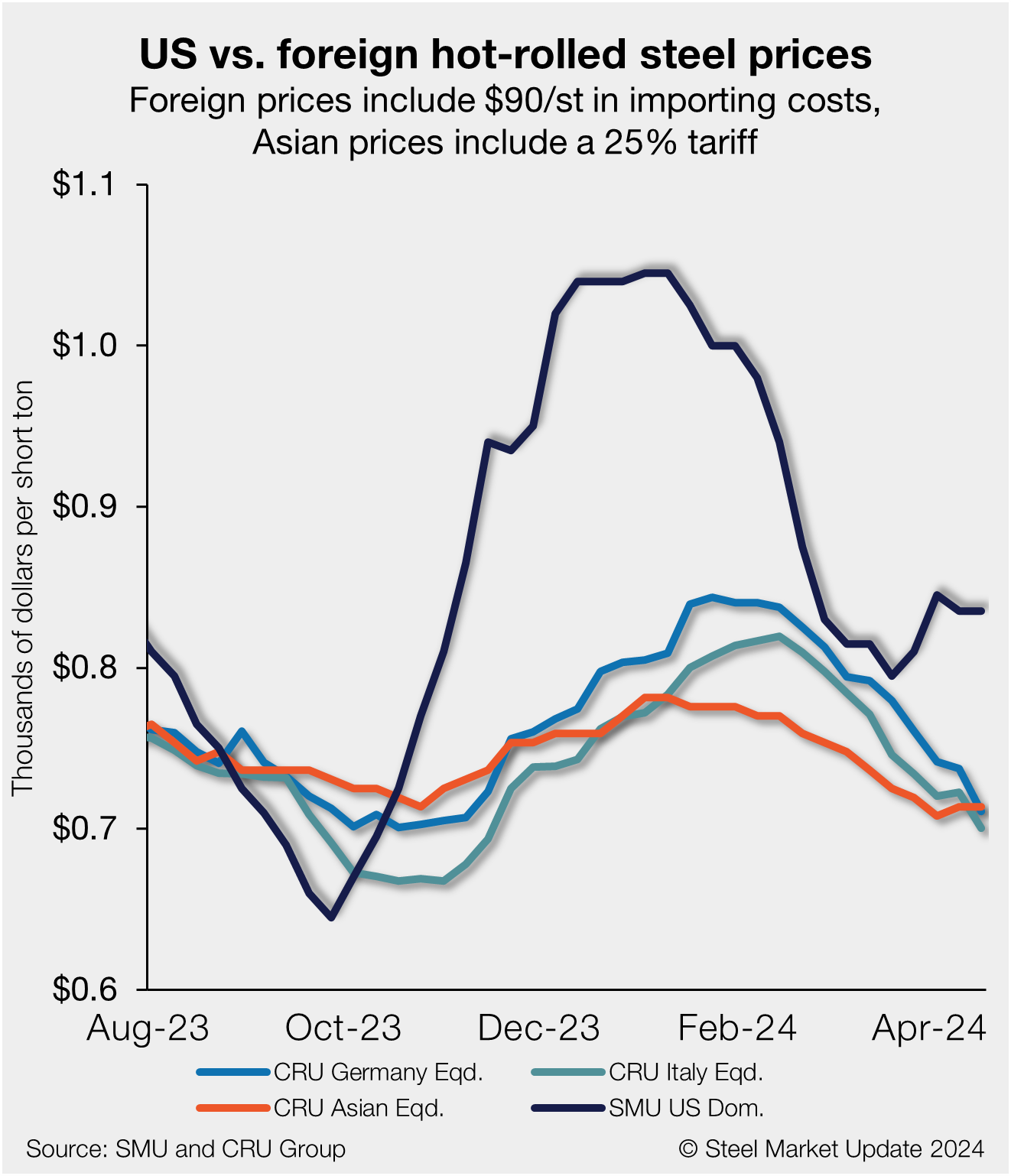International Steel Prices

China Steel and Iron Ore on a Parallel Rally
Written by Sandy Williams
August 8, 2017
China domestic demand is driving a tandem rise in iron ore and steel pricing. Iron ore prices are at their highest level since April as Chinese steel producers gobble ore to take advantage of high margins and surging summer steel prices.
Although China is ahead of its target for reducing steel capacity this year, Chinese mills are running at near full utilization, using higher quality ore that is more efficient and less polluting.
Iron ore fines 62 Fe, selling at $53 in May, were benchmarked at $76.10 on Monday, according to The Steel Index. Steel production has jumped 4.6 percent in China during the first half of 2017 as steel producers took advantage of higher selling prices, low inventory and infrastructure demand before a production curtailment by Beijing begins this winter. Beijing is mandating steep output cuts to reduce emissions during the winter heating months in the northern provinces. Cuts will depend upon how well mills have adhered to emissions standards, but could reduce production by half.
“The mills we are speaking to in China are reporting much [more] stringent controls on emissions . . . and much higher specifications for the steel they produce, which really compels them to use higher grades of iron ore,” Chris Mawe, the CFO of Ukraine iron pellet producer Ferrexpo, told the Financial Times. Mawe added that China is now demanding pellets in addition to high grade ore.
As long as steel margins remain favorable, iron ore prices should continue their rise into the second half, experts say. A possible brake to the rally is the stockpile of ore sitting at China ports, an estimated 139 million metric tons that hasn’t dropped much from the record of 141.5 million tons in June.
“There’s no rush among buyers to procure iron ore since there’s a lot of cargoes available, both seaborne cargoes and those at ports,” said a Shanghai-based trader.
China Steel Prices Up as Margins Improve
The China Steel Price Index showed spot prices for hot rolled coil, as of Aug. 8, jumped 13.2 percent from a month ago. CR plate increased 12.31 percent, and galvanized sheet was up 7.62 percent. Rebar, seamless pipe, and welded pipe spot prices all rose by double digits from July to August. Rebar has been especially strong in China, soaring 37 percent year to date to U.S. $586 per ton.
“In anticipation of less supply of steel, there should be some traders and end-users bringing forward their purchase plan,” Richard Lu, analyst at CRU consultancy in Beijing told Reuters. “Because of expectations of reduced supply, prices may rise further in the coming months,” added Lu.
Chuck Bradford of Bradford Research in New York reports that Chinese steel exports fell in July, but steel prices continue to soar in China along with iron ore and imported coking coal.
SMU Note: We have a separate article in tonight’s Steel Market Update about export offers out of China from one of our close sources in China.

Sandy Williams
Read more from Sandy WilliamsLatest in International Steel Prices

US CR tags still nearly 30% more than imports
Foreign cold-rolled (CR) coil remains much less expensive than domestic product, according to SMU’s latest check of the market.

US HR premium dips even as stateside tags edge lower
US hot-rolled (HR) coil remains more expensive than offshore hot band, though with a tighter premium as prices stateside and abroad have ticked lower in recent weeks.

CRU: Sheet prices stable w/w in most areas of the world
Steel sheet prices in many regions of the world were steady week over week in the week ended April 17.

US CR tags 30% more than imports
Foreign cold-rolled (CR) coil remains less expensive than domestic product, according to SMU’s latest check of the market.

US HR premium widens on lower offshore tags
US hot-rolled (HR) coil has become gradually more expensive than offshore hot band in recent weeks, as stateside prices have stabilized while imports moved lower.
